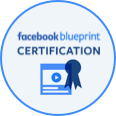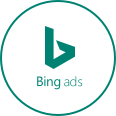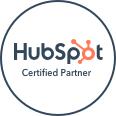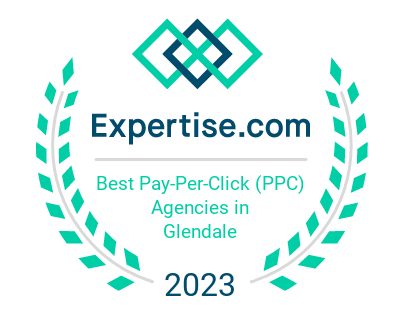 Now that 2015 is set to give way to the start of another really great year, it’ is time to sit back and take stock of how local SEO has changed over the past 12 months as well as begin to predict how it will continue to evolve in 2016.
Now that 2015 is set to give way to the start of another really great year, it’ is time to sit back and take stock of how local SEO has changed over the past 12 months as well as begin to predict how it will continue to evolve in 2016.
This guide is designed to help you understand the direction that local SEO is looking to go in an effort to guide you in the direction you should be taking your local SEO efforts for next year.
Things you need to know first
Focus on the right goals: Traffic Vs. Conversion
One of the most commonly used metrics when it comes to measuring the success or failure of a local SEO effort is website traffic. And, while increased traffic is great, it does not always result in more sales. And, at the end of the day, is not that what you are really looking for? More sales? Better revenues? At the end of the day, the real measure of success lies in the number of sales that you are getting and how much it cost you to get them. If you are not tracking conversions properly, you need to. This way you will have a better understanding of what is working, what is not and how you can continue to do the things that are landing you more sales and stop investing in the things that do not.
Now let’s get tactical and prepare for 2016.
Practical tip 1: Audit Your Existing Website and Local SEO Efforts
The only way to get to where you are going is to know where you are starting from.
In order to get the best, most unbiased opinion about where your website is, is to hire a professional to conduct an audit of your site. You need to know things like what the site speed is, what your content looks like and how it stacks up against the competition, whether or not your website is compatible with mobile technology or not and even how your website is structured.
If you do not have the budget to hire a professional to conduct your audit, there are a number of tools out there that can help you conduct a DIY audit. Whichever approach you take, audit your website annually at a minimum.
Practical tip 2: consider behavioral signals and optimize accordingly
When you have optimized your website is the past, odds are you were focused on what it would take to get your website ranked. This meant that you were focusing your efforts on what it would take to get your website noticed by search engine bots. And while this has worked in the past and still works from a ranking perspective, focusing efforts on optimizing your website for humans is a far better approach.
Have your website looked at to see where visitors are concentrating their attention. This will show up as hot spots on your website and show where customers are clicking or otherwise interacting with your site. By placing valuable links in these areas, you can increase the likelihood that they will be clicked. However, by saying this, it is important to understand that you shouldn’t be using this information to be tricking your clients into clicking things that doesn’t offer them a benefit in some way. By taking this approach, you damage on your online credibility with customers and with Google.
Here is one way you can use behavioral data to elicit reviews from your customers:
Solicit your Gmail clients for reviews
Having customers that share Gmail makes asking them for reviews easy. Simply send them an email through the direct link on your My Business page. You can make it easy for them by adding a link to your review page directly by changing the URL. Take your Google My Business page link, which should look something like this:
Http://plus.google.com/+YOURBUSINESSNAMEHERE/posts
And then replace /posts with /?hl=en&review=
This simple change will allow you to redirect your customers directly to your review page, making it super easy for them to leave you reviews. If you want to be doubly sure that you will get great reviews, call your customers before you send the emails. This allows you to prevent your customers from thinking that you are spamming them.
Optimize your local photos
A picture is worth a thousand words
Do not neglect to put images on your My Business page. And then, do not forget to optimize those images. Always use high quality photos in your product listings pages and always use actual photos rather than stock so that your customers always know what they are getting.
Meta tags: optimize them for the user and engine
You need to focus on readers as well as search engines when you are optimizing your title tags. Give each page a unique title tag and make sure that they are relevant as well as readable in plain English. Also, make sure that your meta descriptions are compelling. It doesn’t matter where your website ranks if people aren’t clicking through.
Review Schema markup: add this to appropriate pages
Schema markups are like heat-maps for user activity. Code your reviews in scheme so that you are getting the little orange stars that make readers want to click on your website.









